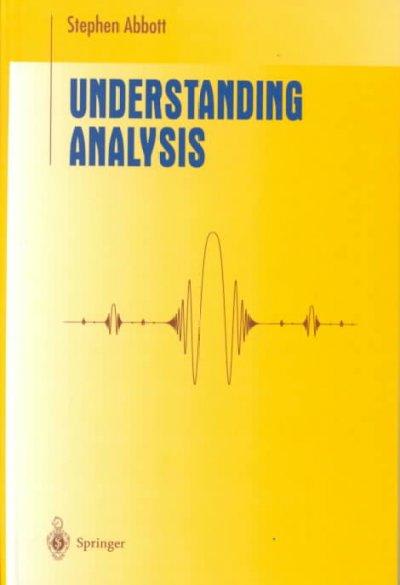Answered step by step
Verified Expert Solution
Question
1 Approved Answer
Construct a research question that can be answered for the Chi-Square Test of Independence. The p-value and if the test was significant, give Phi and


Construct a research question that can be answered for the Chi-Square Test of Independence.
The p-value and if the test was significant, give Phi and Cramers V and explain the strength of the relationship, and describe the percentages or counts. The output will be the crosstabulation table, the Chi-Square Tests table, and the Symmetric Measures table.


Step by Step Solution
There are 3 Steps involved in it
Step: 1

Get Instant Access to Expert-Tailored Solutions
See step-by-step solutions with expert insights and AI powered tools for academic success
Step: 2

Step: 3

Ace Your Homework with AI
Get the answers you need in no time with our AI-driven, step-by-step assistance
Get Started


